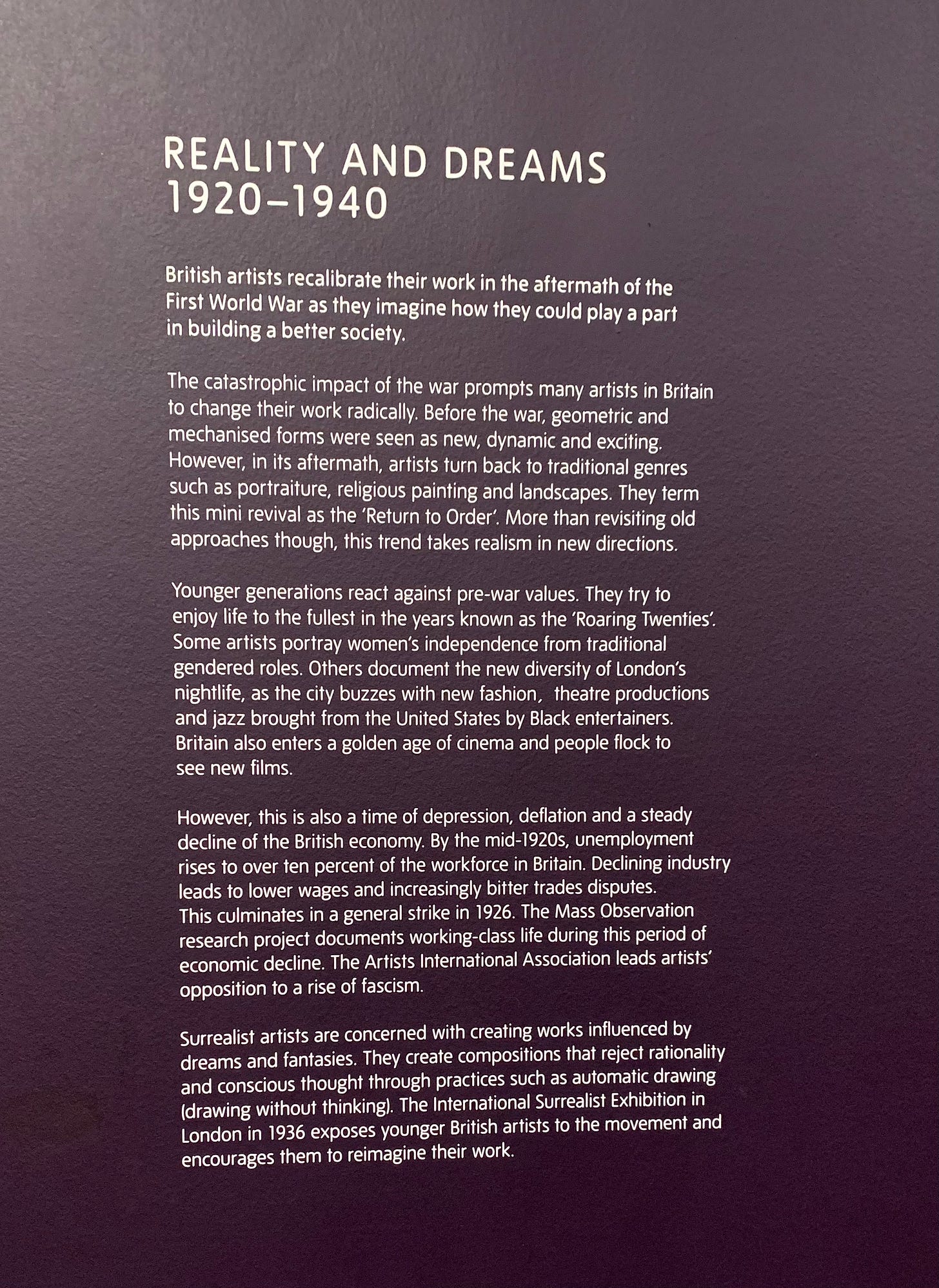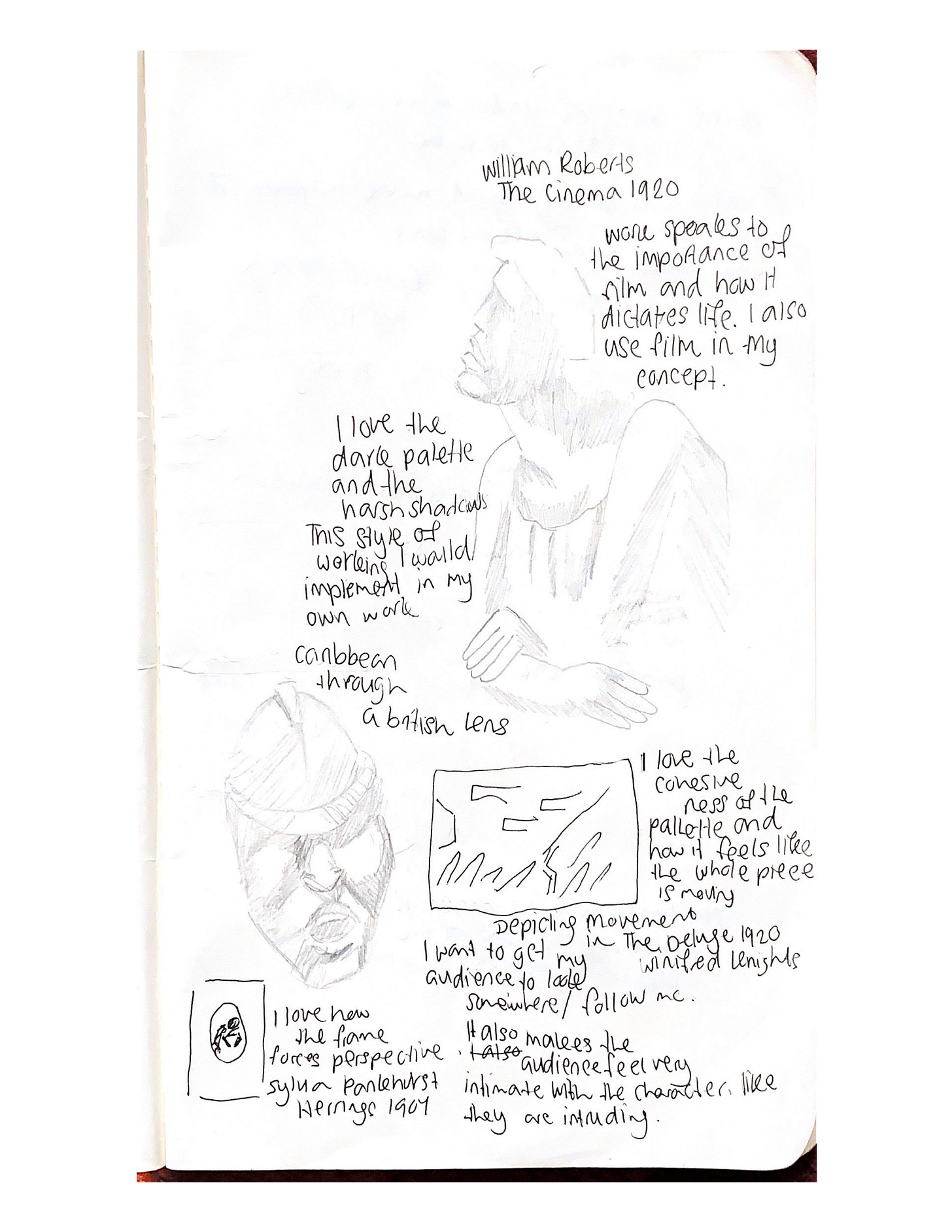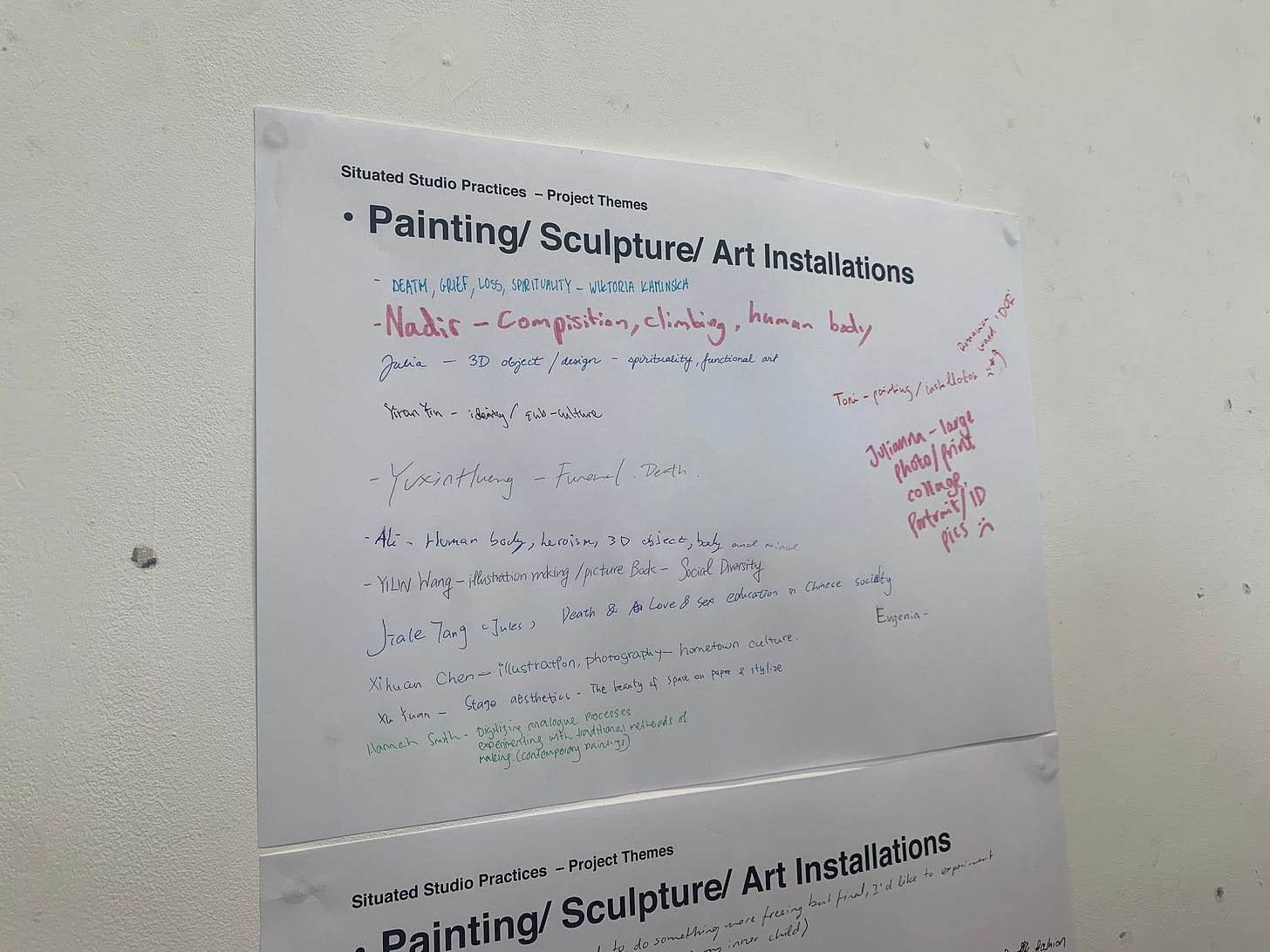To further delve into the concept of Afro-Surrealism I consumed media and read research papers and articles that spoke on the origins of Afro- surrealism and why there is a need for such a category of media that documents black life and its existence within a white/ western society.

‘Afronauts’ 2014 Dir. Nuotama Bodomo
The readings of ‘AFROFUTURISM 2.0 & THE BLACK SPECULATIVE ART MOVEMENT Notes on a Manifesto’ by Reynaldo Anderson and ‘Afrosurreal Manifesto: Black is the new Black, a 21st century manifesto’ by D. Scott Miller introduced me to Afro-surrealism and the umbrella term for other similar schools of thought ‘the Black Speculative Arts Movement’ (BSAM).
AFROSURREALISM IS SURREALISM
In reading these essays some misconceptions about the speculative concept in my mind had been debunked as I attained a broader understanding of Afro- Surrealism as a tool not only for black people but for all marginalised folk. The root word Afro derives from the word Afroasiatic meaning a shared language between peoples that made up what was once called the “third world” Afrosurreal Manifesto. A distinction is also made between Afro-surrealism and Surrealism through the quoting of poet and first president of Senegal Leopold Senghor. "European Surrealism is empirical. African Surrealism is mystical and metaphorical." In my research I have found many varying definitions of Afro-surrealism that attempt to encapsulate and make concise an expansive concept that I believe changes as society changes.
Here are a few definitions that have influenced my understanding of the concept as well as have built the foundations for this project.
“RIGHT NOW, Afro-Surreal is the best description to the reactions, the genuflections, the twists, and the unexpected turns this "browning" of White-Straight-Male-Western-Civilization has produced.” Afrosurreal Manifesto
“Afro-surrealist look to inspire audiences through their ability to symbolically look at how blackness operates within white America through preposterousterity and emotion.” Medium
“Afro-surrealism are the forms of artistic work inspired by the black cultural aesthetic with the purpose of liberating the people and expanding the understanding of how black individuals exist.”Medium
“Afro-surrealism isn’t focused on black pain like torture porn; but focused on the idea of black development throughout time.”Medium
“Black speculative art is a creative, aesthetic practice that integrates African diasporic or African metaphysics with science or technology and seeks to interpret, engage, design, or alter reality for the re-imagination of the past, the contested present, and as a catalyst for the future.” Afrofuturism 2.0
The message isn’t the meaning, but the act of creating out of the need to liberate.
Consuming various Afro-surrealist media really aided in my creative process as these issues represented on the screen were similar in subject but had such diverse and unique approaches in both narrative and cinematography, as there was often a utilisation of mix media to convey complex topics.
Tate Britain ‘Women in Revolt’
As a part of this unit we conducted a data collection session at the Tate Britain in which we were to find and create connections with our initial ideas for this unit and the various works within the Tate. We were to find 4 words that connected to our project theme and I chose:
Blackness Women Surrealism Storytelling
Blackness
In my research for works that could connect to blackness there was an understanding that the topic of women would also exist alongside this theme. These identities cannot be separated as black women’s issues are intersectional of race and gender and will differ in varying degrees to the issues of black men and white women who still have the ability to uphold/ exist within some type of power structure. This is evident in some of the works featured in the ‘Women in Revolt’ exhibition.
‘We as black women understood how we were being patronised…to be cajoled and distracted by silly games and pointless offers. We understood, but we knew what sustained us…and what we really needed to make a positive cultural contribution: self belief , inherited wisdom, education and love.” Himid on “Carrot Piece” .
The connection I found within “The Carrot Piece” and my own focus on Afro - Surrealism was the use of humour and absurdist imagery to portray unspoken aspects of black women’s experiences. Her imagery is very colourful and theatrical but not in an effort to distract the audience but rather to expose the asininity of our current society steeped in bigotry, misogyny, racism, etc. In creating my own pieces I will take influence from her approach to illustrating these hidden historical narratives.

“I am a Blackwoman and my work is concerned with making images of Blackwomen. Sounds simple enough- but I am not interested in portraiture or its tradition. I’m interested in giving space to Blackwomen presence. A presence which has been distorted, hidden and denied. I am interested in our humanity, our feelings and our politics, somethings which have been neglected.” Claudette Johnson
I found the choice to make ‘Blackwoman’ one word almost as if this identity is a whole different entity was a fascinating choice. Though minute this choice gives power to an identity as she says is often neglected. I found not only a thematic connection between this piece and my project but also a connection with the materials used. I was inspired by her method of mixing media in an unconventional manner ( the use of the leather and wool on paper). I had never before thought to combine a medium such as textile with paper but Johnson’s piece has inspired me to experiment with this method of making.
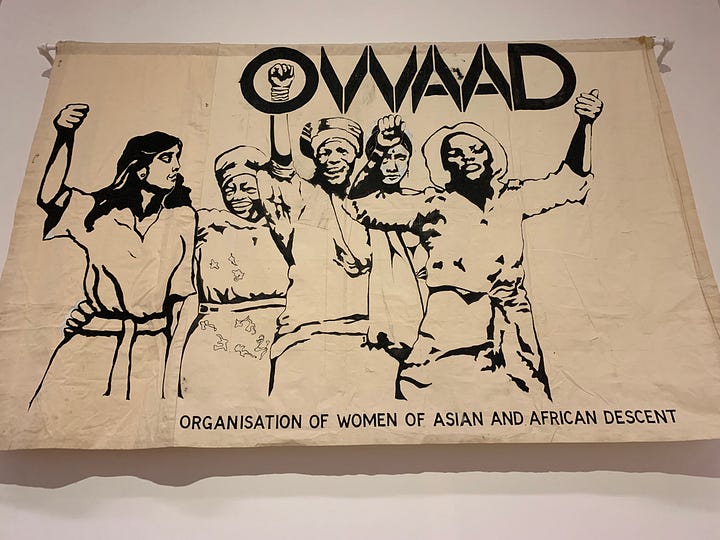
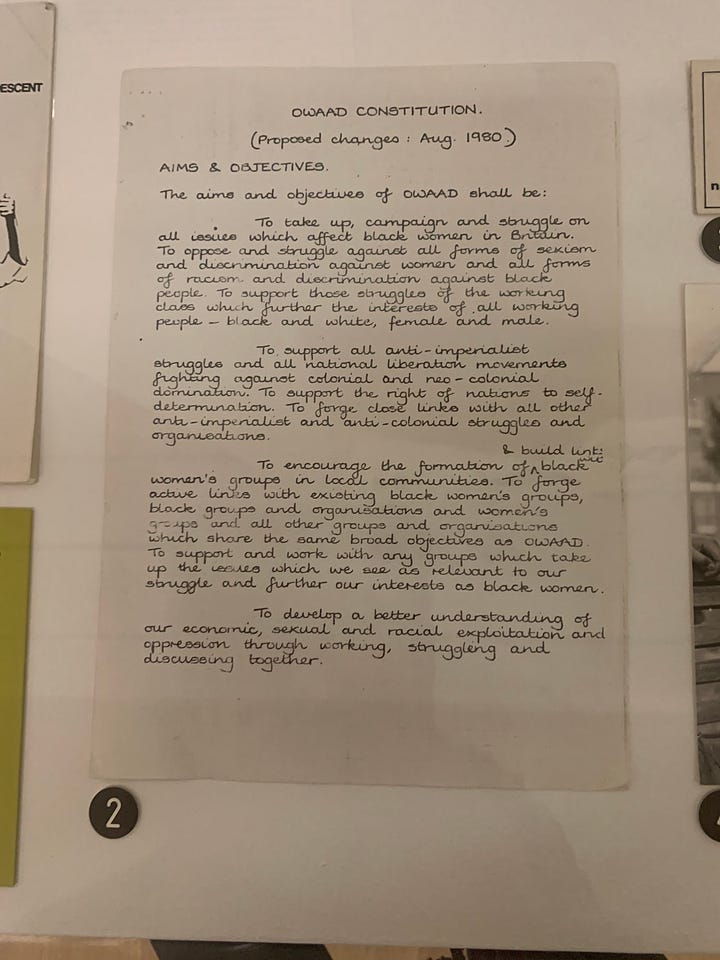
The sentiment that the socio-political (race, class and gender) issues impacted a multiplicity of marginalised groups and therefore community action is needed resonated with me as though I decided that in my project I would specifically focus on black narratives as this is my point of reference I still wanted to acknowledge that afro- surrealism applies to all marginalised stories.
Women
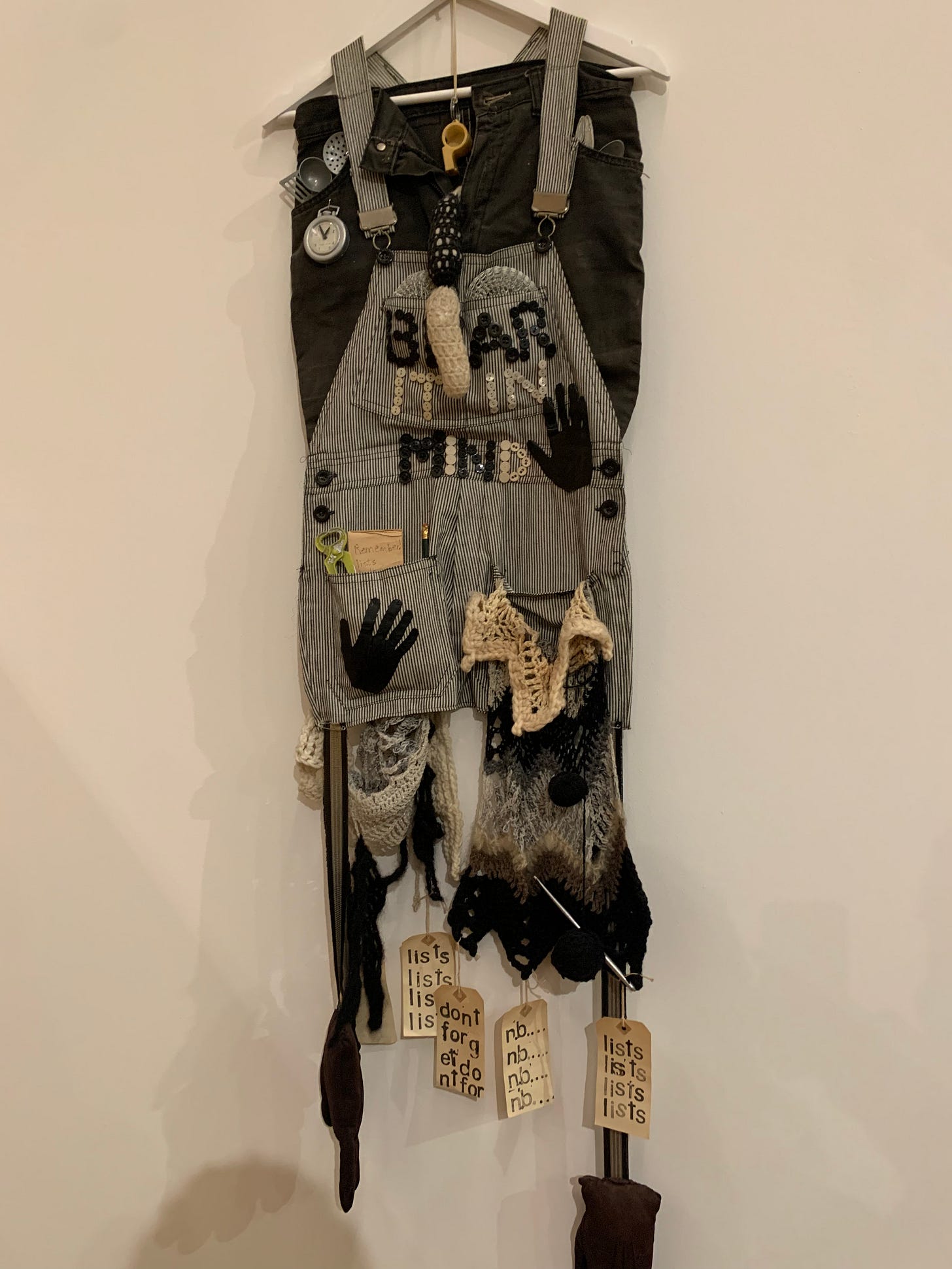
The conceptual nature of this sculpture connected to my ideas for this project. I had not previously thought about the capabilities of fabric three dimensionally and so this has sparked ideas of how I can manipulate textile in unconventional manners in accordance with my focus on Afro-surrealism.
Surrealism (though I explicitly stated the difference between this movement and Afro-surrealism there are still some basic similarities)
The Tate Britain had a collection of surrealist works from British artists who created works in reaction to the First World War and its aftermath.
I connected to this piece on the basis that it spoke on film dictating life during the era of the 1920s. Film is an important medium within the concept of Afro-surrealism as it is often the tool that artists within this genre use to depict representations of blackness through an absurdist lens. I was drawn to the colour palette of this piece as well as how Roberts depicted the shadows (harsh, angular) and would like to implement this style possibly in future works.
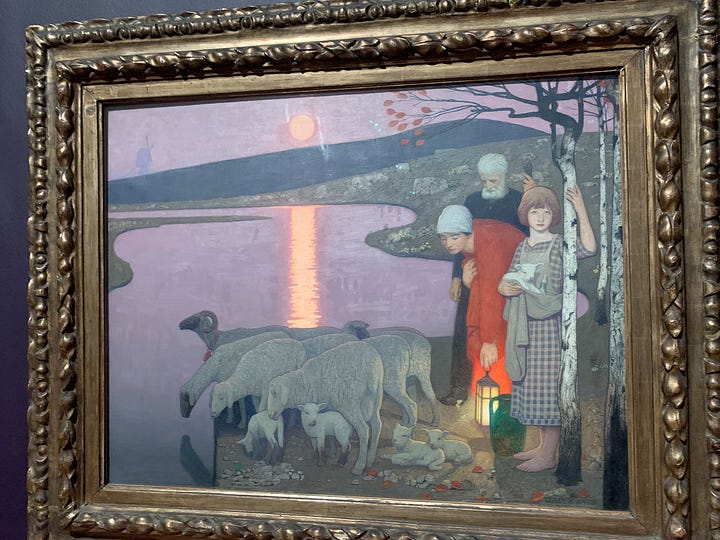
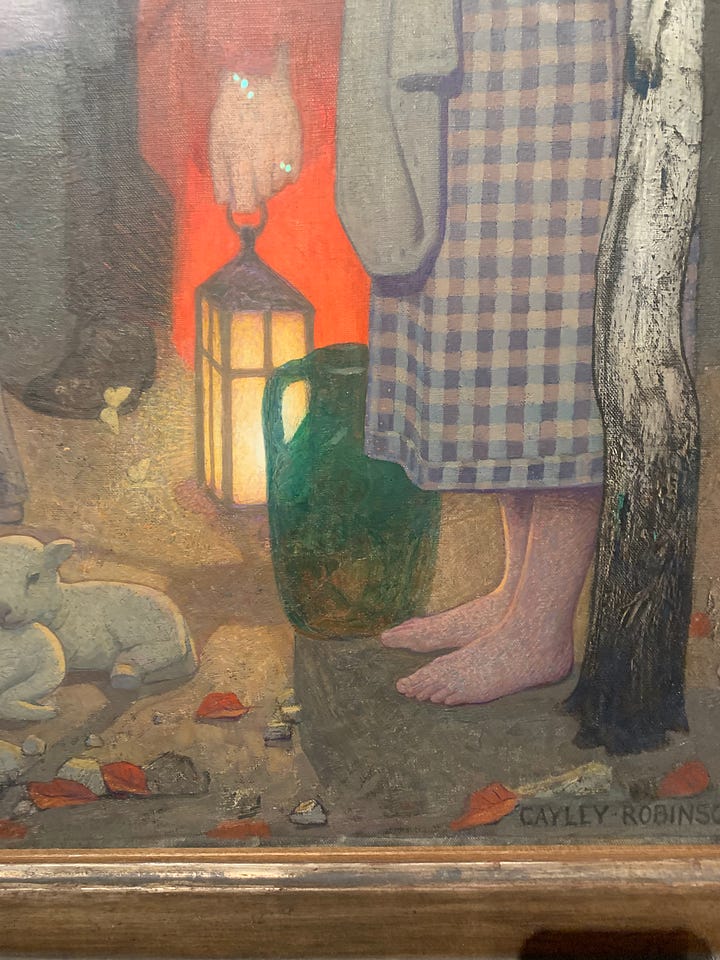
The textures created in this piece I was interested in and wanted to see if I could implement a similar look in my own works using a medium like chalk pastel.
Storytelling
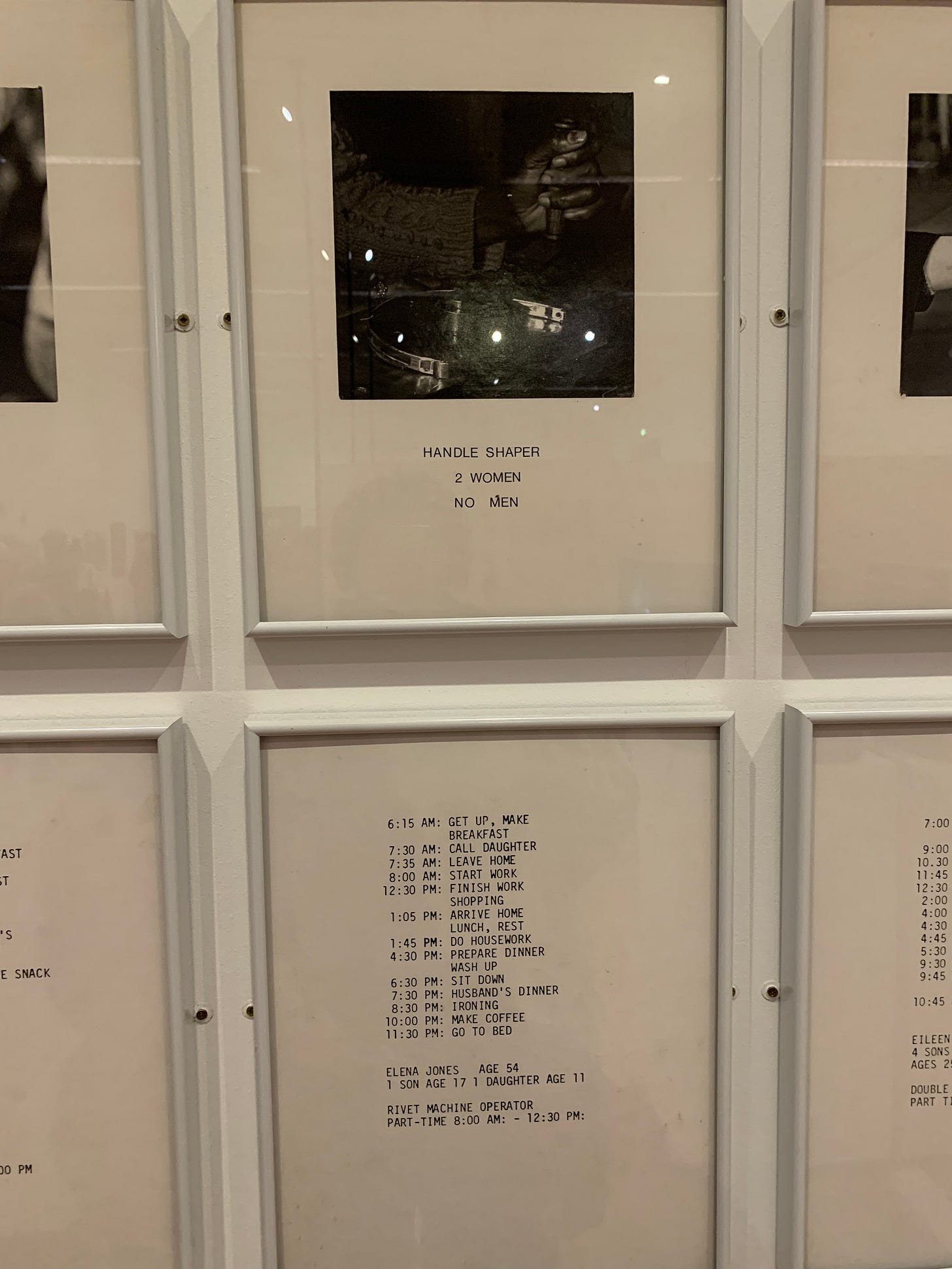
I was very interested in the way they portrayed gender inequality through documentation. The requirement of the audience to notice how something as simple as a woman’s daily routine could expose underlying issues of wage gap and misogyny. This piece made me consider how I could highlight/expose issues through community engagement and documentation.
I was interested in how framing forces perception and how this could possibly be used in storytelling. The framing of this piece specifically creates an intimate relationship with audience and give a feeling of intrusion. I would like to play with framing and perspective in my own works for this project to illicit possible feelings of intrusion, discomfort and intimacy.
This visit to the Tate Britain proved to be very useful in determining the direction of my pieces moving forward in this project. It also encouraged me to view works in future exhibitions I go to during this unit through a more critical lens- observing how aspects of these pieces could contribute to my making process.
Ways of Making Workshop 1
In this workshop we were tasked with categorising our project themes within mediums and general methods of making. I chose painting / sculpture / art installations as I want to experiment with these mediums but also hope to later on experiment with different softwares/ technology to digitise analogue processes.
We then were asked some self reflective questions about our practice to hopefully gain some general introspection as well as begin conversations about how we envision our creative careers.
These questions were to be used to guide the writing of an a mission statement that would encapsulate our creative practice thus far.
My mission statement
Storytelling, tradition and history are central themes to the narratives I choose to illustrate in my works and I often utilise playful, colourful imagery and speculative concepts to commentate on socio-political issues. I explore the nuances of Afro Caribbean culture and identity and I am research oriented in my practice, my mix media pieces take influence from sonic, tactile and visual aspects of African culture and its diaspora.
Over the course of this project I also began to ask myself some questions that have been acting as a guideline for what kind of message and outcome I would like out of this project.
How do artist take complicated themes that some might not comprehend, and use them to convey meaning?
How do I translate a traditionally US American speculative concept to commentate on the UK’s political and societal structures ?
In what ways can I incorporate the studio Identities and Place into my project?
These questions I have yet to answer in full but have influenced the direction of my research and the means in which I retrieve this information.






